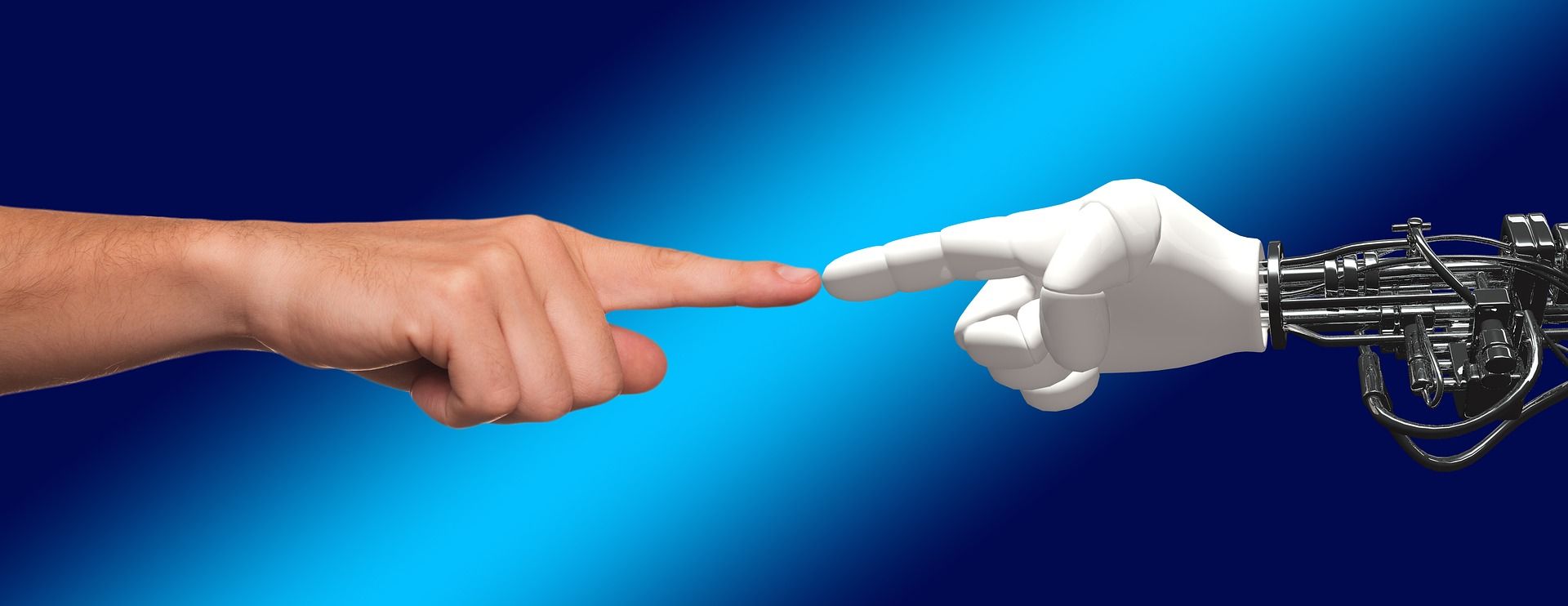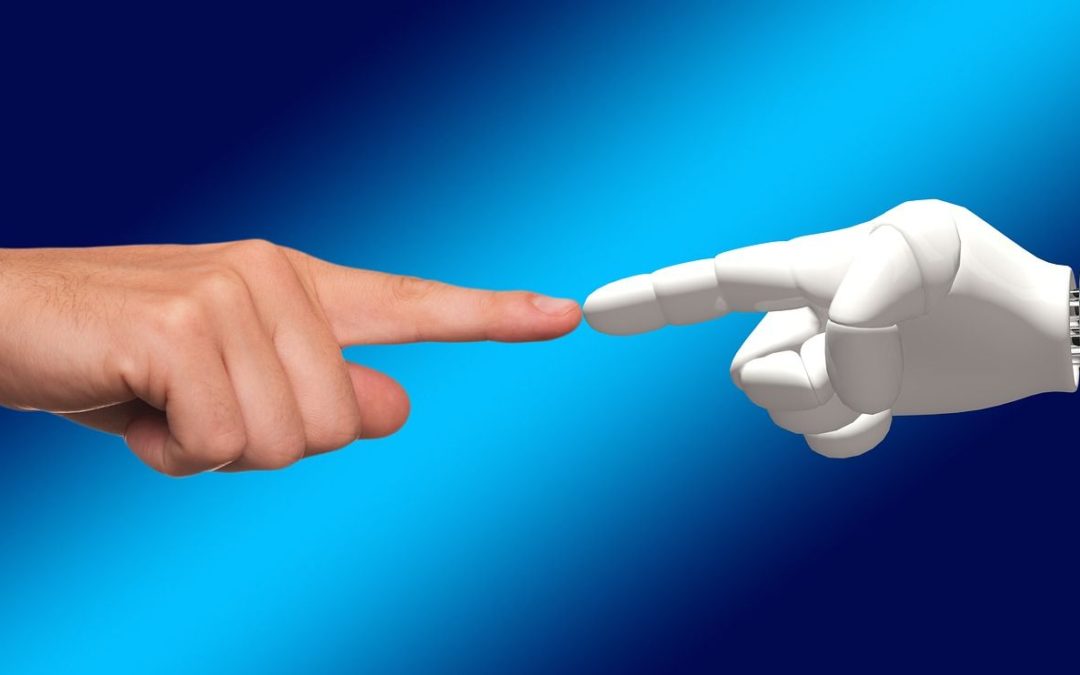
Researchers at Linköping University in Sweden and Okayama University in Japan have developed a new method for treating complicated bone fractures and the inspiration comes from our fontanelles. There are gaps between the skull bones that are covered with soft connective tissue that we have when we are born. After we are born, the fontanelles slowly transform into hard bones.
This is the process that scientists have now emulated when they developed what they call microrobots.
"We want to be able to use this for applications where the material should have different properties at different times. In its initial stage, the material is soft and pliable, and then it can be locked in a position", says Edwin Jager, senior lecturer at Linköping University and one of the researchers behind the method, in a press release.
The researchers use a gel material called alginate with a polymeric material on one side and biomolecules on the other. The biomolecules cause the gel to mineralize and harden just like bone while the polymeric material twists the bone to the desired shape. When the researchers apply a weak voltage, the micro-robot bends in one direction. In this way, the microrobot can be shaped exactly to the shape of the bone.
"By controlling how the material twists, we can produce different movement patterns in micro-robots, but also control how the material unfolds in, for example, a bone fracture. We can bake the movement into the structure of the material, so that you do not have complex control programs for the micro-robots", says Edwin Jager.







